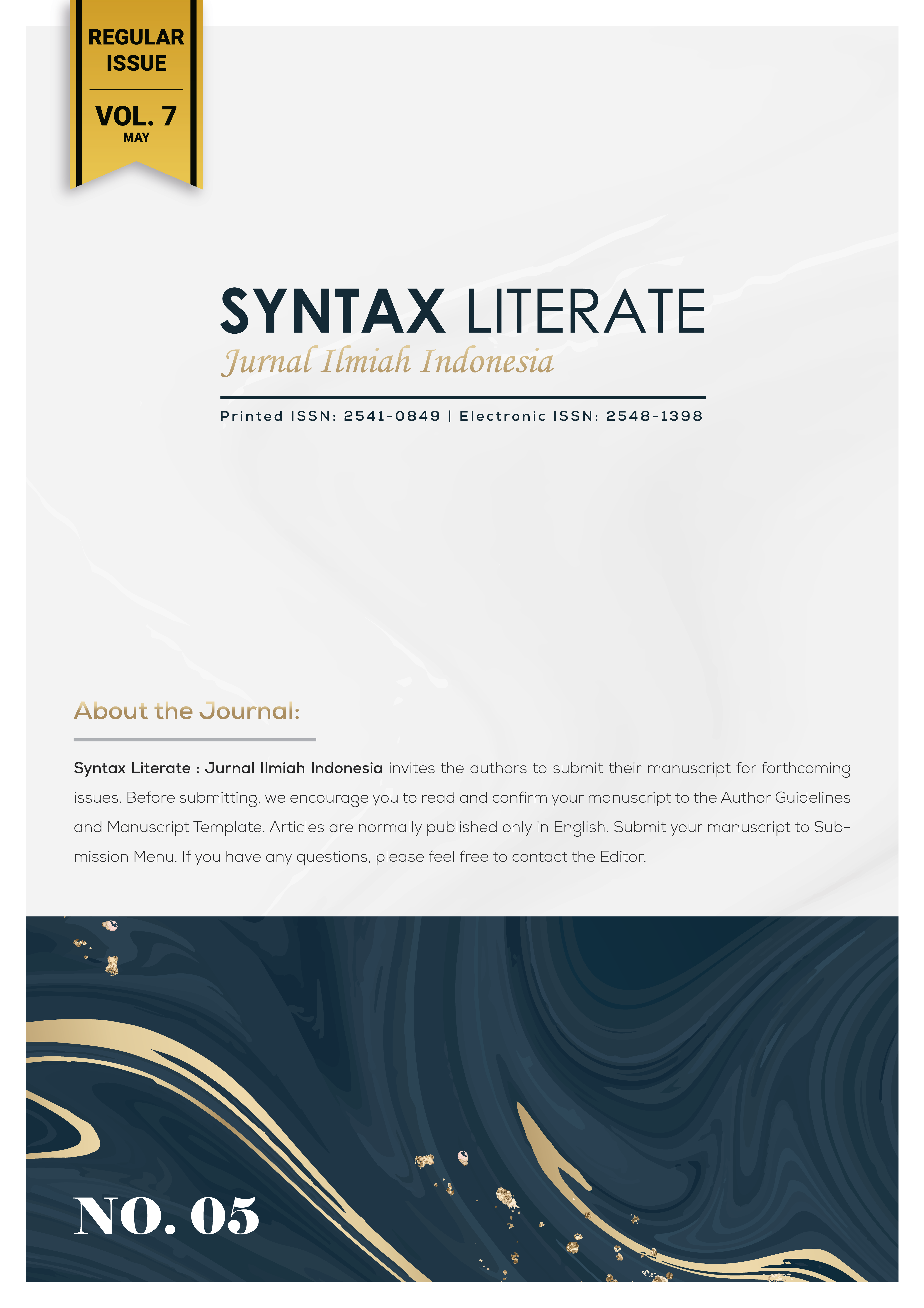Correlation Of Perineal Rupture With Women's Quality Of Life Post-Vaginal Delivery
Abstract
Background: Perineal rupture are the second cause of postpartum hemorrhage that can occur in almost every vaginal delivery. According to WHO (2011), almost 90% of vaginal deliveries experience perineal tears, with or without an episiotomy. This situation contributes to the emergence of complaints of pelvic floor dysfunction in the future, resulting in a decrease in the quality of life both emotionally and physically in women. To assess, classify, and treat pelvic floor dysfunction, the Pelvic Floor Distress Inventory Index-20 can be used. This study aims to determine the relationship between perineal rupture and women's quality of life after vaginal delivery based on the Pelvic Floor Distress Inventory-20 (PFDI-20) score. This study was comparative cross sectional. The study was conducted at the Network Hospital of Obstetrics & Gynecology Residency Program, Medical Faculty of Andalas University, started from August 2020 until the number of samples is met. The sample of this study was 96 post-vaginal women who were selected by consecutive sampling, ie 48 respondents with vaginal delivery with perineal rupture and 48 respondents without perineal rupture. Quality of life was measured through interviews with the PFDI-20 questionnaire and perineal rupture were grouped from medical record data. Data were analyzed using chi-square test. The average age of the research respondents was 29.34 ± 5.91 years with the youngest age being 18 years. Most of the respondents were mutiparaous (70.%) with the highest degree of perineal rupture was grade 2. Most of the respondents (70.8%) felt that their quality of life was disturbed. Statistically, there was a significant relationship between perineal rupture and women's quality of life after vaginal delivery (p < 0.05). In Conclusion, there was a significant relationship.
Downloads
Copyright (c) 2022 Ayu Anissa Bahri, Bobby Indra Utama

This work is licensed under a Creative Commons Attribution-ShareAlike 4.0 International License.











